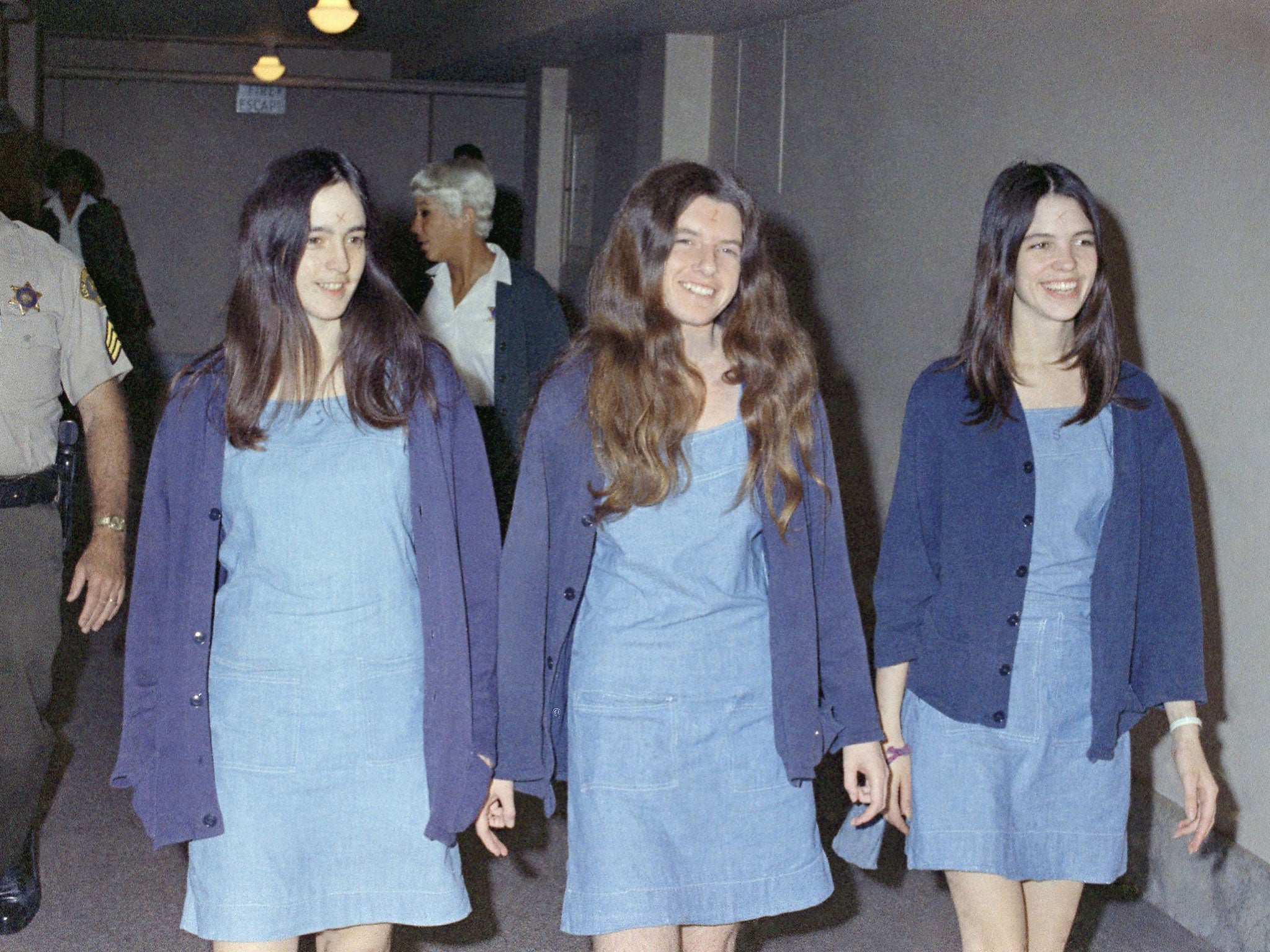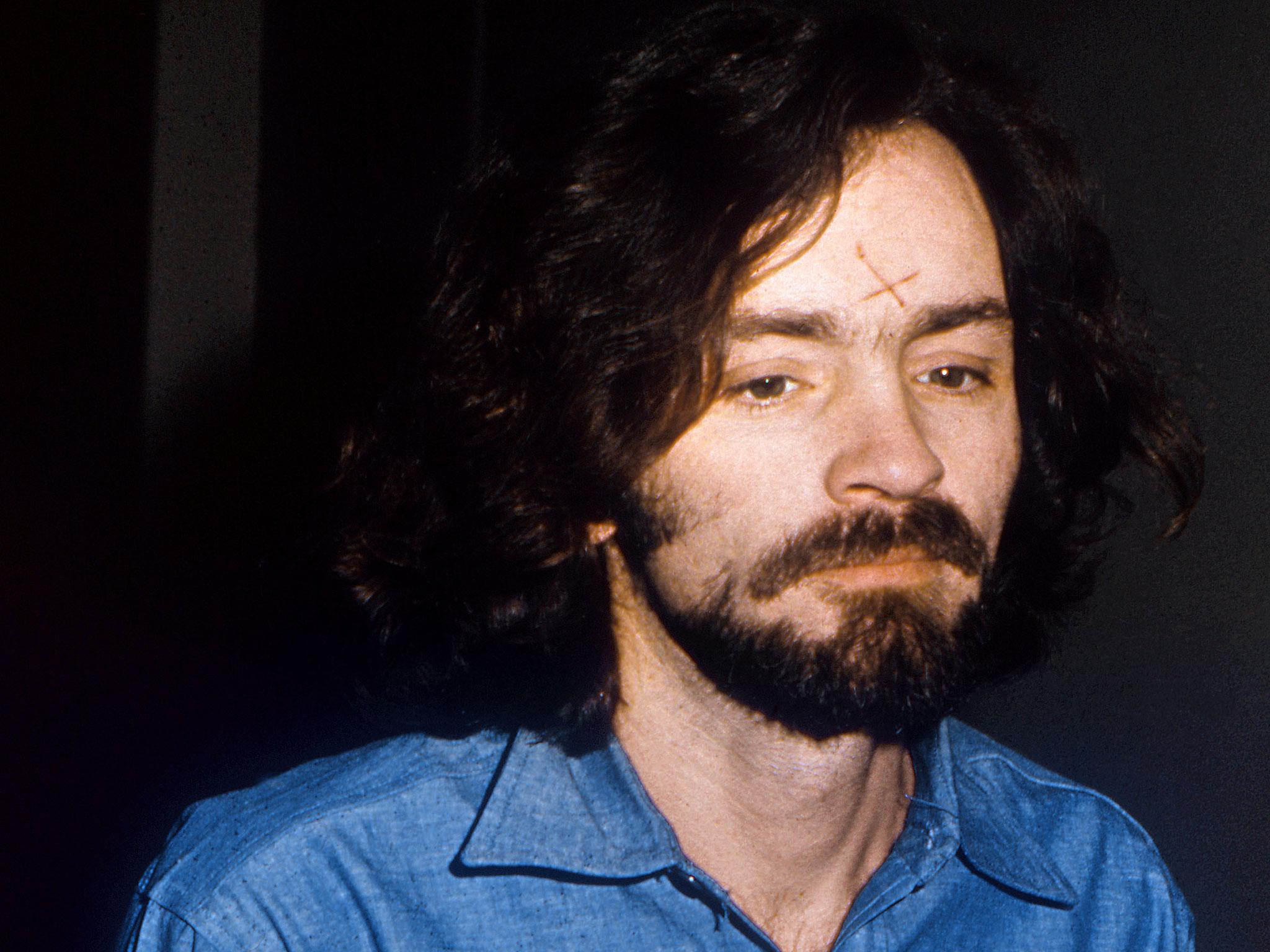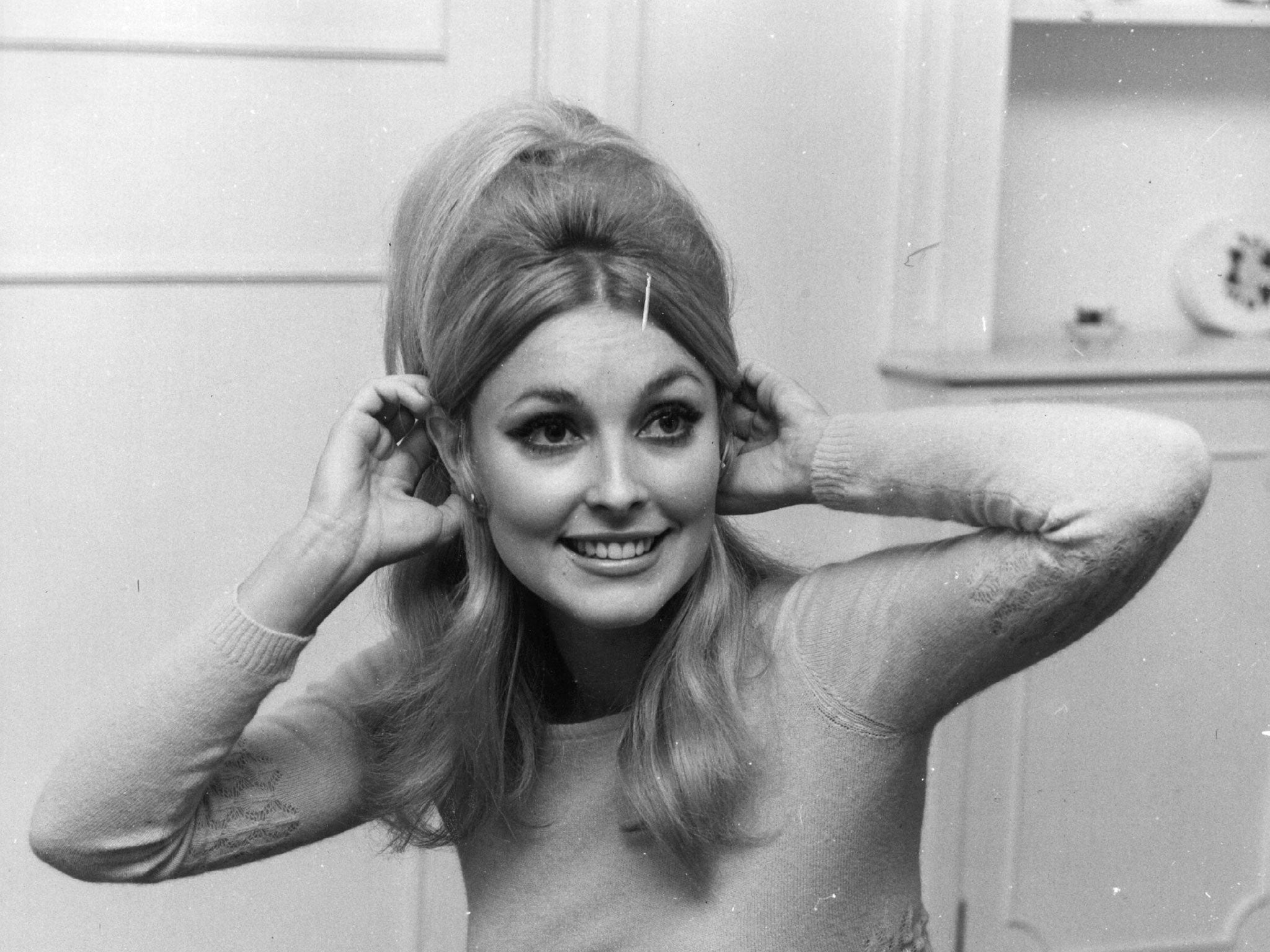Patricia Krenwinkel - the woman who helped murder seven people for Charles Manson - says she did it because she 'just wanted to be loved'
Patricia Krenwinkel helped kill seven people 45 years ago. Now, finally, she has tried to explain why

Precisely 45 years ago this weekend, Patricia Krenwinkel took part in perhaps the most notorious killing spree in California history.
On 8 August 1969, on the instructions of Charles Manson, Krenwinkel joined three other members of Manson’s cult, “the Family”, as they murdered the actress Sharon Tate, who was pregnant, and four more people at the home Tate shared with her husband, the film director Roman Polanski, near Beverly Hills.
Krenwinkel, who was just 21, chased down and stabbed Abigail Folger, a coffee heiress, so brutally that police later thought Folger’s white nightgown had been bought blood red. The next night, Krenwinkel killed again, when she helped to butcher small business owners Leno and Rosemary La Bianca a few miles away in Los Feliz, a suburb of Los Angeles.
Afterwards, she scrawled in blood the words “Death to Pigs” on a wall, part of Manson’s plan to frame African-Americans for the killings and incite the race war he believed was imminent. Krenwinkel and two more young female Family members were eventually sentenced to death alongside Manson himself, but all had their sentences commuted to life in prison when the US Supreme Court banned capital punishment during the 1970s.
Krenwinkel is the longest-serving female inmate in California, and this week she gave her first on-camera interview in 20 years. Speaking to filmmaker Olivia Klaus for a documentary, My Life After Manson, the 66-year-old said she joined the Family and participated in the “horrendous” and “abominable” killings because she was “a coward”.

“I wanted to feel like someone was going to care for me because I hadn’t felt that from anywhere else in my life,” Krenwinkel said. “In giving up and moving on with Manson [I] was just basically throwing away the rest of my life… It is countless how many lives were shattered by the path of destruction that I was a part of, and it all comes from such a simple thing as just wanting to be loved.”
In a piece for The New York Times, Klaus wrote that during four decades in prison, Krenwinkel “has struggled mightily to reconcile two parts of her life: the 21-year-old girl who committed crimes to win the approval of the man she loved; and the 66-year-old woman who lives each day haunted by the unending suffering she has caused.”
The Tate-LaBianca murders were seen by many as the dark conclusion to the social and cultural upheavals of the 1960s, and they are interwoven with popular culture. An unemployed ex-con and aspiring singer-songwriter, Manson’s gift for manipulation may have been learned from Scientology and from Dale Carnegie’s book, How to Make Friends and Influence People, but his world view was based on a twisted reading of the Beatles’ 1968 White Album.

Manson told the Family that an apocalyptic race war would be sparked by an event he referred to as “Helter Skelter”, after the Lennon-McCartney song. He was friendly with Beach Boy Dennis Wilson, whom he met after Wilson picked up a hitchhiking Krenwinkel. James Guinn, author of the recent biography Manson, suggests the events of August 1969 could only have occurred in that decade, against the backdrop of peace marches, race riots and rock music. “There was nothing mystical or heroic about Charlie – he was an opportunistic sociopath,” Guinn writes. “The unsettling 1960s didn’t create Charlie, but they made it possible for him to bloom… he was always the wrong man in the right place at the right time.”
Patricia Krenwinkel will next be eligible for parole in 2018. Of the two women convicted with her in 1971, one, Susan Atkins, died of cancer in prison in 2009. The other, 63-year-old Leslie van Houten, was last year denied parole for the 20th time.
The victims’ families still oppose the release of any of Manson’s followers; when Bruce Davis, another former Family member and convicted murderer, was approved for parole in 2012, California Governor Jerry Brown reversed the decision. Manson himself has said he prefers to remain in prison. In any case, his next parole hearing is not scheduled to take place until 2027 – when he will be aged 92.
Join our commenting forum
Join thought-provoking conversations, follow other Independent readers and see their replies
Comments